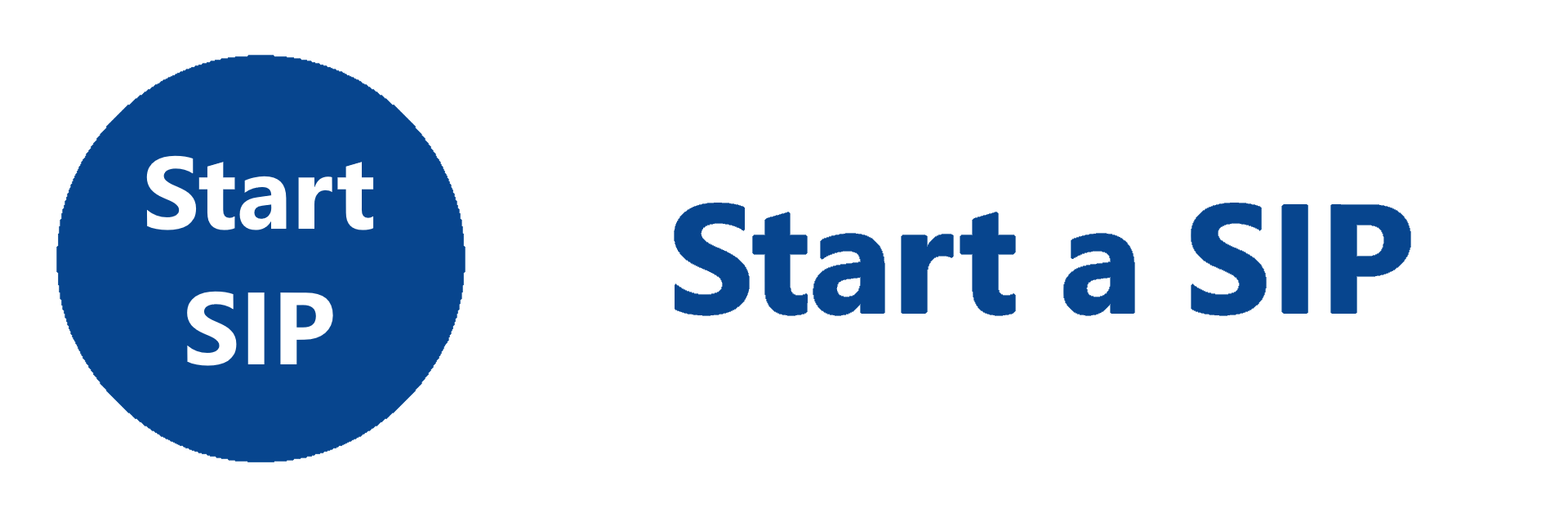

Know Everything About A Balanced Advantage Fund
A balanced Advantage Fund, also called a dynamic asset allocation fund is a mutual fund scheme that invests in debt and equities based on market conditions to balance risk and return. As per AMFI data, Balanced Advantage Funds have Assets under management (AUM) of Rs 1.54 lakh crore as of 31st March 2023.
Read on if you have been looking to balance your overall portfolio or a new investment opportunity!
What are Balanced Advantage Funds?
- Balanced advantage funds are hybrid funds that invest in stocks and bonds. Balanced advantage funds have no constraints on the dedicated share and can flexibly modify their allocations. These are also called Dynamic Asset Allocation Funds, mainly because these funds can quickly adapt to the dynamic capital market. When equity values are high in these funds, the fund manager may modify the investment strategy towards debt, and when stock prices are low, the allocation may shift more towards stocks.
Benefits of Investing In Balanced Advantage Funds
-
- Potential for Returns: The balanced advantage fund invests in debt and equity with a dynamic approach. As a result, investors benefit from debt investments to tackle equity volatility. This enables an increased potential for balanced advantage funds.
- Dynamic Allocation: BAFs can substantially increase or reduce their allocation to debt and equity with the ability to allocate 0-100% to equity. This enables the balanced advantage funds to provide a more robust long-term mix of returns at lower volatility.
- Risk: One significant benefit of balanced advantage funds is that they lower your risk of potential losses by balancing your investment exposure. When the equity market becomes highly volatile, you can choose to reduce your exposure by investing more in debt instruments.
- Beginner Friendly: Balanced advantage funds have the potential to be investment vehicles for investors who may lack expertise in the equity market and are often conservative. As professionals manage these funds, investors need not worry about asset allocation.
-
 Tax
Treatment of
Balanced Advantage Funds
Tax
Treatment of
Balanced Advantage FundsThe tax liability of a balanced advantage fund is determined based on the holding period of the investment:
Your mutual fund holding period can either be short-term or long-term. The duration to define this is different for equity-oriented mutual funds and non-equity mutual funds. Once you know the type of your fund and its holding period, you can evaluate your tax liability accordingly
If your holding period is more than a year, the returns are termed long-term capital gains. In this case, gains up to Rs 1 lakh in a financial year are tax-free, but anything above that is subject to a 10% tax rate. If your holding period is less than a year, the returns are termed short-term capital gains and are taxed at 15%.
-
Before you make any investment decisions, make sure that they align with your financial goals, risk appetite and investment horizon. You may choose to invest in balanced advantage fund if you fall under the following categories: accordingly.
 Who
Should Invest in Balanced Advantage Fund?
Who
Should Invest in Balanced Advantage Fund?- Investors looking for long term wealth creation.
- Investors seeking diversification of investments in their portfolio.
- Investors who are looking for product with lower volatility & relatively stable returns.
- Investors who do not prefer buying stocks at extremely high valuations.
-
Conclusion
Equity markets are inherently volatile, with ups and downs as part of the cycle. This is one of the reasons why balanced advantage funds have gained popularity in recent years. You can now diversify market volatility with BAF. But, wondering where to start?
Presenting LIC MF Balanced Advantage Fund - An Open Ended Dynamic Asset Allocation Fund. It invests in a dynamically managed portfolio of equity and equity-related instruments, debt and money market instruments. It may be your next investment choice if you are an investor looking for long-term wealth creation and portfolio diversification.



“Visit here https://licmf.info/KYCredressal to learn more about KYC requirements, SEBI Registered Mutual Funds and Grievance redressal.”
Disclaimer: The views expressed herein are based on internal data, publicly available information and other sources believed to be reliable. Any calculations made are approximations, meant as guidelines only, which you must confirm before relying on them. The information contained in this document is for general purposes only. The document is given in summary form and does not purport to be complete. The document does not have regard to specific investment objectives, financial situation and the particular needs of any specific person who may receive this document. The information / data herein alone are not sufficient and should not be used for the development or implementation of an investment strategy. The statements contained herein are based on our current views and involve known and unknown risk and uncertainties that could cause actual results, performance, or event to differ materially from those expressed or implied in such statements. Past performance may or may not be sustained in the future. LIC Mutual Fund Asset Management Ltd. / LIC Mutual Fund is not guaranteeing / offering / communicating any indicative yield on investment made in the scheme(s). Neither LIC Mutual Fund Asset Management Ltd. and LIC Mutual Fund (the fund) nor any person connected with them, accepts any liability arising from the use of this document. The recipients before acting on any information herein should make his/her/their own investigation and seek appropriate professional advice and shall alone be fully responsible / liable for any decision taken on the basis of information contained herein.
MUTUAL FUND INVESTMENTS ARE SUBJECT TO MARKET RISKS, READ ALL SCHEME RELATED DOCUMENTS CAREFULLY.
















